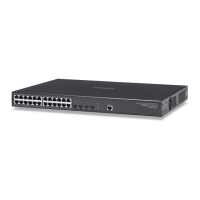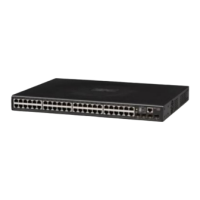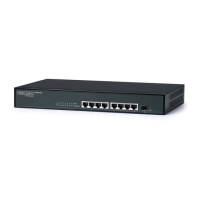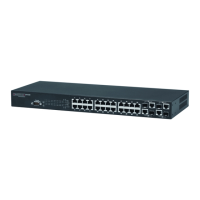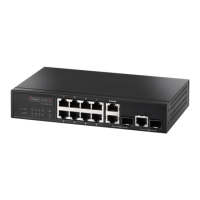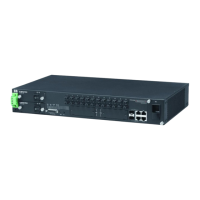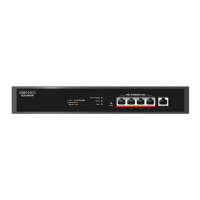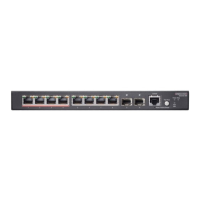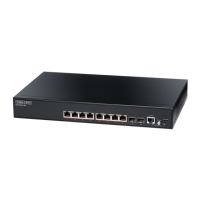C
HAPTER
4
| Configuring the Switch
Configuring UPnP
– 142 –
WEB INTERFACE
To configure SNMPv3 group access rights:
1. Click Configuration, SNMP, Accesses.
2. Click Add New Access to create a new entry.
3. Specify the group name, security settings, read view, and write view.
4. Click Save.
Figure 39: SNMPv3 Access Configuration
CONFIGURING UPNP
Universal Plug and Play (UPnP) is a set of protocols that allows devices to
connect seamlessly and simplifies the deployment of home and office
networks. UPnP achieves this by issuing UPnP device control protocols
designed upon open, Internet-based communication standards.
The first step in UPnP networking is discovery. When a device is added to
the network, the UPnP discovery protocol allows that device to broadcast
its services to control points on the network. Similarly, when a control point
is added to the network, the UPnP discovery protocol allows that control
point to search for UPnP enabled devices on the network.
Once a control point has discovered a device its next step is to learn more
about the device and its capabilities by retrieving the device's description
from the URL provided by the device in the discovery message. After a
control point has retrieved a description of the device, it can send actions
to the device's service. To do this, a control point sends a suitable control
message to the control URL for the service (provided in the device
description).
When a device is known to the control point, periodic event notification
messages are sent. A UPnP description for a service includes a list of
actions the service responds to and a list of variables that model the state
of the service at run time.
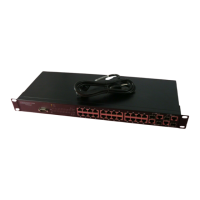
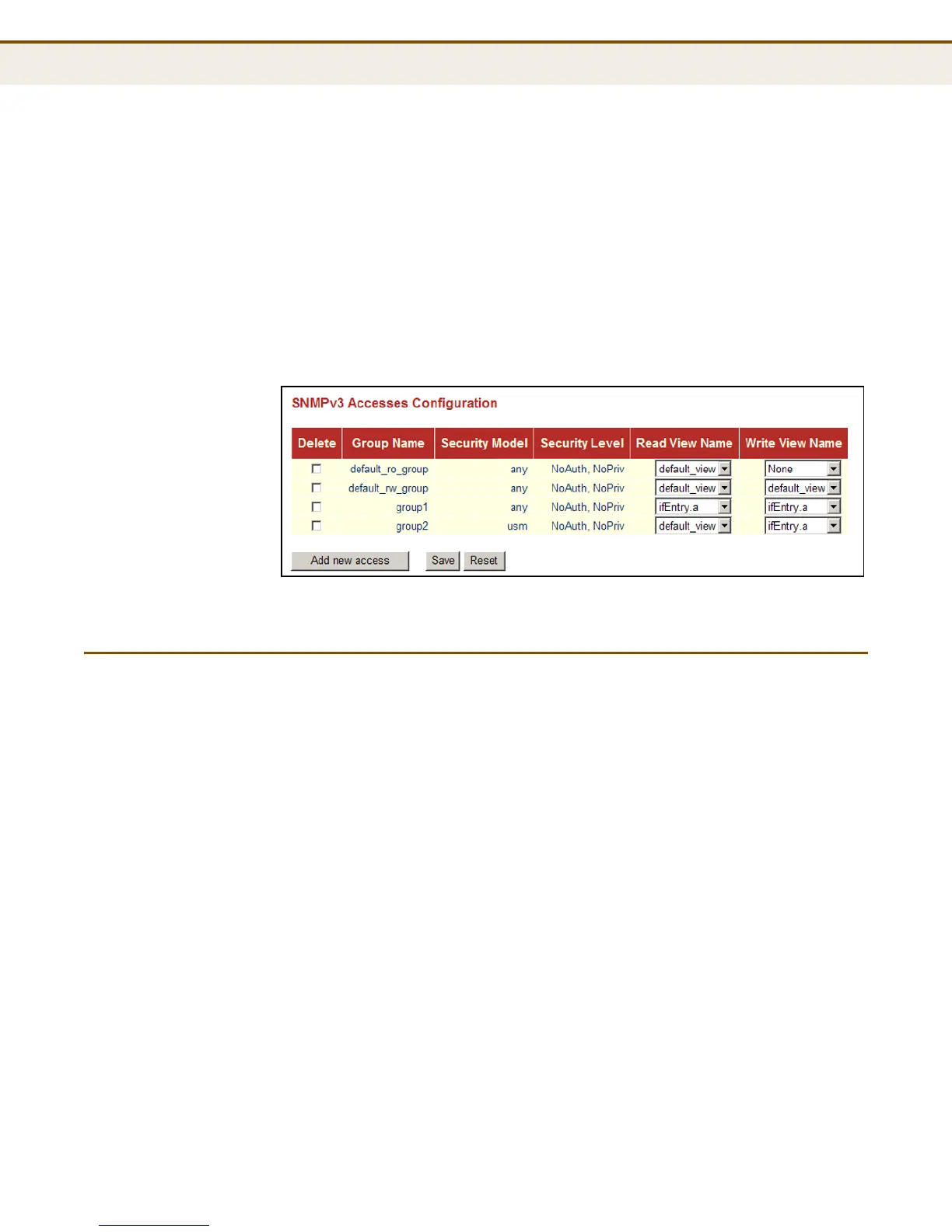